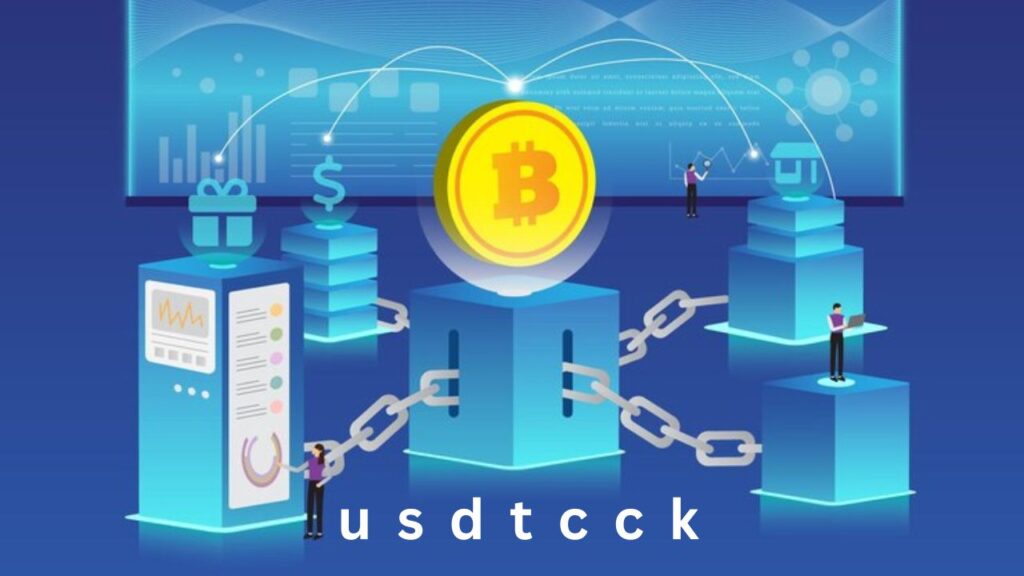Introduction
Cryptocurrencies have revolutionized the financial landscape, offering decentralized alternatives to traditional banking systems. Among the plethora of cryptocurrencies emerging, USDTCCK stands out as a unique hybrid, bridging the worlds of digital assets and traditional finance. In this article, we delve into the intricacies of USDTCCK, examining its features, advantages, and implications for the future of finance.
Understanding USDTCCK
USDTCCK, short for USD Tether on the Cardano Chain, represents the fusion of two distinct domains: Tether, a stablecoin pegged to the US dollar, and Cardano, a blockchain platform renowned for its scalability, security, and sustainability. As a stablecoin, USDTCCK maintains a stable value by backing each token with an equivalent reserve of US dollars, ensuring minimal volatility compared to other cryptocurrencies.
The Cardano Advantage
Cardano’s integration with USDTCCK brings several advantages to the table. With its proof-of-stake consensus mechanism, Cardano offers faster transaction speeds and lower fees compared to proof-of-work blockchains like Bitcoin. Moreover, Cardano’s focus on scalability and sustainability enhances the efficiency and environmental friendliness of transactions involving USDTCCK.
Stability and Security
One of the primary attractions of USDTCCK is its stability, deriving from its peg to the US dollar. This stability makes USDTCCK an attractive option for investors seeking to hedge against the volatility often associated with other cryptocurrencies. Furthermore, the security protocols embedded within Cardano’s blockchain provide an added layer of protection, safeguarding transactions and ensuring the integrity of the USDTCCK ecosystem.
Regulatory Compliance
In an era marked by increasing regulatory scrutiny of cryptocurrencies, USDTCCK stands out for its compliance with regulatory frameworks. By pegging itself to a fiat currency like the US dollar, USDTCCK navigates regulatory landscapes with greater ease, mitigating concerns related to money laundering, fraud, and financial instability.
Use Cases and Applications
The versatility of USDTCCK extends beyond investment purposes. Businesses and individuals can utilize USDTCCK for a myriad of applications, including remittances, cross-border transactions, and decentralized finance (DeFi) activities. Its seamless integration with the Cardano ecosystem opens doors to a wide array of decentralized applications (DApps) and smart contracts, facilitating innovative financial solutions across industries.
Challenges and Opportunities
While USDTCCK holds immense potential, it is not without its challenges. Scalability remains a concern, particularly as transaction volumes grow and Cardano’s network faces increasing demands. Moreover, regulatory uncertainties loom large, with potential changes in legislation impacting the future trajectory of USDTCCK. However, these challenges also present opportunities for growth and innovation, driving the development of robust infrastructure and regulatory frameworks to support the widespread adoption of USDTCCK.
Future Outlook
As the financial landscape continues to evolve, USDTCCK is poised to play a pivotal role in shaping the future of finance. Its unique blend of stability, security, and scalability positions it as a frontrunner in the realm of digital assets, offering a bridge between traditional finance and the burgeoning world of cryptocurrencies. With ongoing developments in technology and regulation, USDTCCK is set to unlock new possibilities, driving financial inclusion and empowerment on a global scale.
Conclusion
USDTCCK represents a convergence of two worlds, harnessing the stability of traditional finance and the innovation of cryptocurrency. As it gains traction within the Cardano ecosystem, USDTCCK opens doors to a plethora of opportunities, from secure and efficient transactions to decentralized financial solutions. While challenges lie ahead, the future looks promising for USDTCCK, signaling a paradigm shift in the way we perceive and engage with digital assets.

